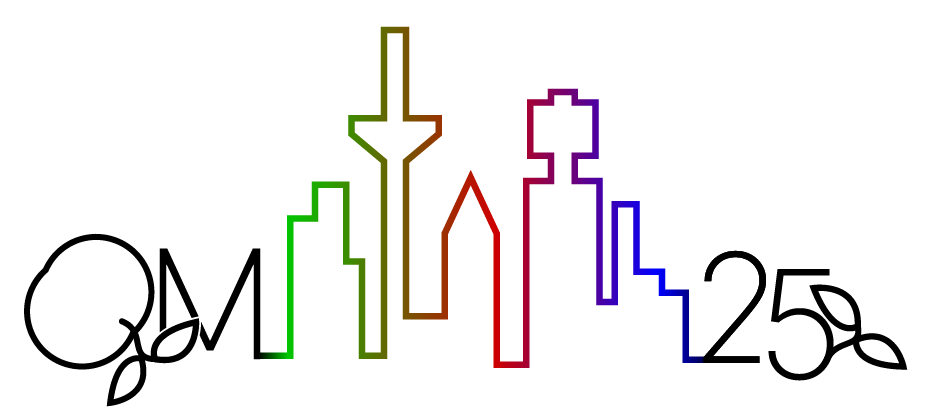Speaker
Description
High-energy partons are known to lose energy when passing through the hot and dense medium produced in heavy-ion collisions. This energy loss depends on the mass, flavor of the fragmenting parton and on the structure of the partonic shower, providing valuable insights into the properties of the QCD medium. This talk presents new results from the ATLAS Collaboration, exploring the flavor dependence of jet quenching through comparisons of b-tagged jets, di-jets, and alongside studies of jet substructure using the Soft-Drop grooming technique.
The flavor dependence is characterized by a detailed comparison of the nuclear modification factor $R_\mathrm{AA}$ for b-jets. Tagging of the $b$-jets is achieved using neural networks trained on Monte Carlo simulation samples and validated in a data-driven way with an independent approach involving the detection of muons from semileptonic decays of B-hadrons. A detailed quantification of the differences between the $b$-jet $R_\mathrm{AA}$ and the inclusive jet $R_\mathrm{AA}$ is also provided, together with comparisons to theory.
Jet substructure measurements focus on large-radius jets ($R=1.0$) and employ charged particles to probe the opening angle of the hardest internal splitting ($r_g$) and the transverse momentum scale
($\sqrt{d_{12}}$). These results unify previous analyses of small- and large-radius jets.
Furthermore, considering jets of various radii can help elucidate how the parton energy is transferred to the medium as well as the corresponding medium response.
This talk presents measurements of the dijet momentum balance for anti-$k_t$ jets reconstructed with radius $R=$ 0.2, 0.3, 0.5, 0.4, and 0.6.
By combining studies of flavor dependence, jet substructure, and jet radii, this work advances our understanding of jet quenching mechanisms in heavy-ion collisions and provides stringent tests of theoretical models. The measurements were performed in $pp$ and Pb+Pb collisions at $\sqrt{s_{\mathrm{NN}}} = 5.02~\mathrm{TeV}$, using data collected with the ATLAS detector at the LHC.
| Category | Experiment |
|---|---|
| Collaboration (if applicable) | ATLAS Collaboration |
